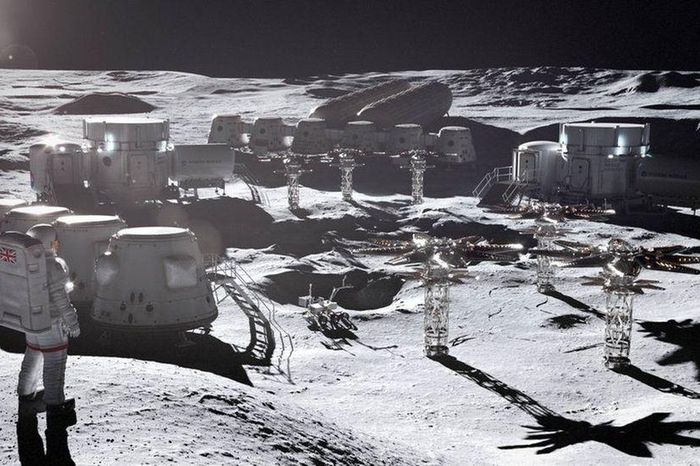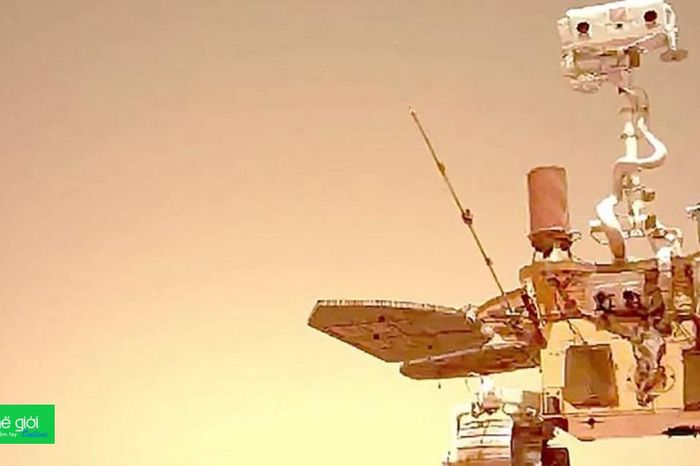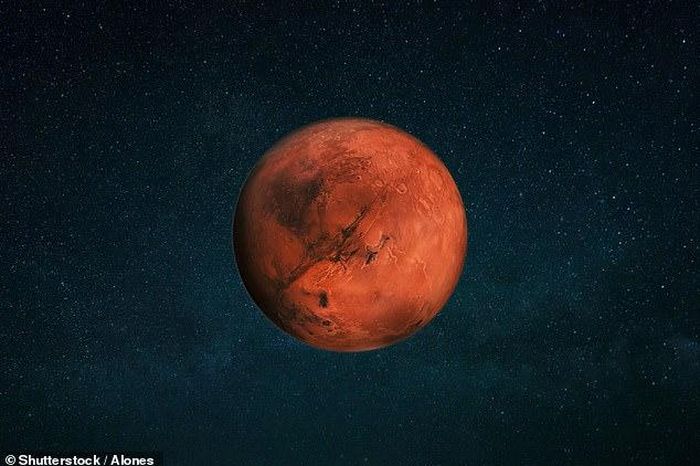This is what you would see if you fell into a black hole
No one knows what will happen when falling into a supermassive black hole like a black hole. To answer this question, NASA researchers created a simulation using the Discover supercomputer at the NASA Climate Simulation Center depicting what would happen when falling into a supermassive black hole like a black hole. at the center of the Milky Way.
The black hole at the center of the Milky Way has been photographed by the Event Horizon Telescope with a donut-like shape made of incandescent gas, called an accretion disk, spinning around dark space.
The video records the observation angle when a person falls straight through the accretion disk of glowing gas around the supermassive black hole. The vision changes with the fall, first gliding through light particles flying quickly around the black hole, the final destination is the event horizon, the sky narrows and the blackness begins to get closer, here even the light Even light cannot escape.
After falling through the event horizon, the observer will be destroyed by gravity after just 12.8 seconds. A few microseconds later, the extremely compressed matter will reach the singularity, the center of the black hole. The journey from the event horizon to the singularity is 128,000 km long but happens in just the blink of an eye.
It took the researchers five days to render the simulation, using only 0.3% of Discover's processing power. But if you created this simulation on a regular laptop it would take more than a decade.
You should read it
- 10 interesting facts about black holes in the universe (Part 2)
- 10 interesting facts about black holes in the universe (Part 1)
- Discover a monster black hole 100,000 times bigger than the Sun, the second largest in the Milky Way
- Black force - a new force in the universe, becomes even more strange
- This is a photograph of the first black hole of mankind, located in a galaxy 55 million light-years from Earth
- The streams of plasma sprayed from black holes can kill anything
- Astrophysics professor teaches how to jump into a black hole so it's 'safe' and possible events
- Hubble begins its hunt for hard-to-identify medium-sized black holes
May be interested
- Miniature reactor - a solution to supply energy to lunar bases
 astronauts living on the moon will need a lot of energy, but they cannot carry fuel supplies with them. the new generation of miniaturized nuclear reactors could be a great solution to this challenge.
astronauts living on the moon will need a lot of energy, but they cannot carry fuel supplies with them. the new generation of miniaturized nuclear reactors could be a great solution to this challenge. - Experts are confident that China can surpass the US to become the first country to bring samples from Mars to Earth
 wu weiren, chief designer of the chinese lunar exploration program, predicts the country can beat the us in the race to bring rocks from mars to earth. this is the first such suggestion from china's space agencies.
wu weiren, chief designer of the chinese lunar exploration program, predicts the country can beat the us in the race to bring rocks from mars to earth. this is the first such suggestion from china's space agencies. - Nokia is about to bring 4G network to the Moon
 texting on the moon or transmitting data on mars no longer seem like something far away.
texting on the moon or transmitting data on mars no longer seem like something far away. - NASA found traces of methane gas near a crater on Mars
 the us space agency (nasa) has identified a gas produced by earth-dwelling organisms on mars. this could be evidence that life exists on the 'red planet'.
the us space agency (nasa) has identified a gas produced by earth-dwelling organisms on mars. this could be evidence that life exists on the 'red planet'. - The Voyager 1 spacecraft sent signals to Earth for the first time in 5 months
 nasa received decoded data from voyager 1 after humanity's most distant spacecraft in the universe experienced a communications loss five months ago.
nasa received decoded data from voyager 1 after humanity's most distant spacecraft in the universe experienced a communications loss five months ago. - The Voyager 1 spacecraft resumes sending technical updates back to Earth
 for the first time since november 2023, nasa's voyager 1 spacecraft has resumed sending usable data about the status of onboard technical systems. .
for the first time since november 2023, nasa's voyager 1 spacecraft has resumed sending usable data about the status of onboard technical systems. .






 Discover the most bizarre black holes in the mysterious space universe
Discover the most bizarre black holes in the mysterious space universe black hole, white hole, deep hole
black hole, white hole, deep hole 10 interesting facts about black holes in the universe (Part 2)
10 interesting facts about black holes in the universe (Part 2) 10 interesting facts about black holes in the universe (Part 1)
10 interesting facts about black holes in the universe (Part 1) Discover a monster black hole 100,000 times bigger than the Sun, the second largest in the Milky Way
Discover a monster black hole 100,000 times bigger than the Sun, the second largest in the Milky Way